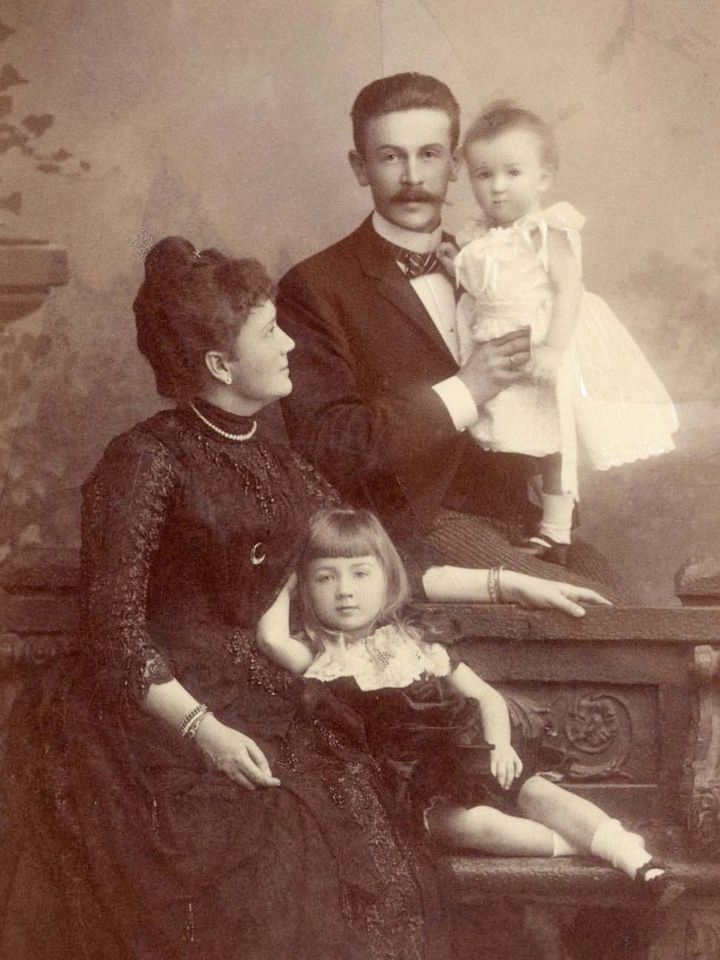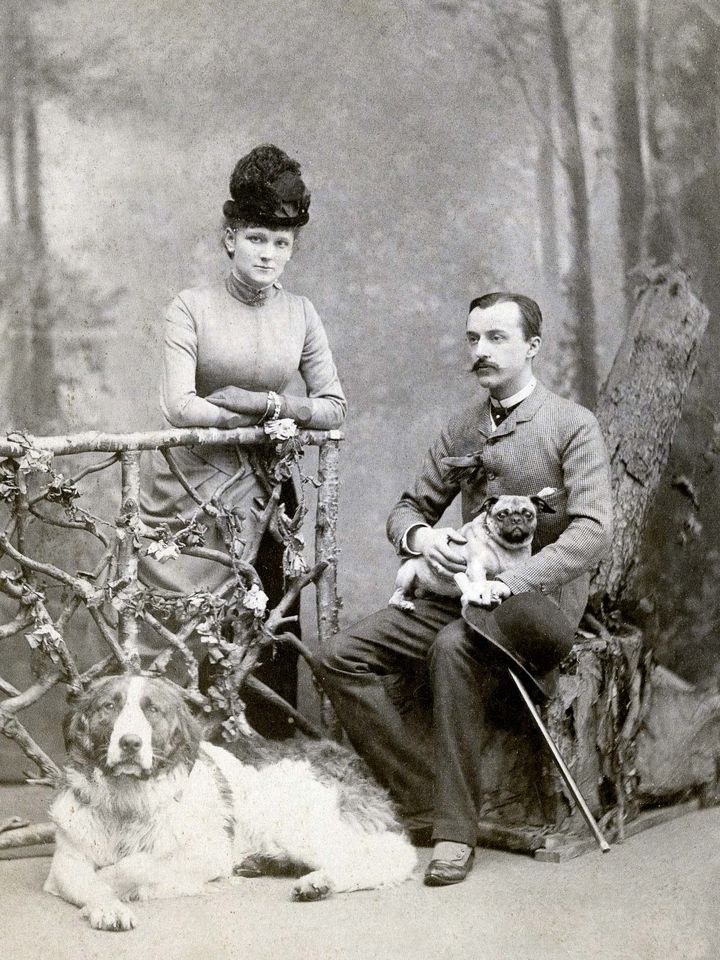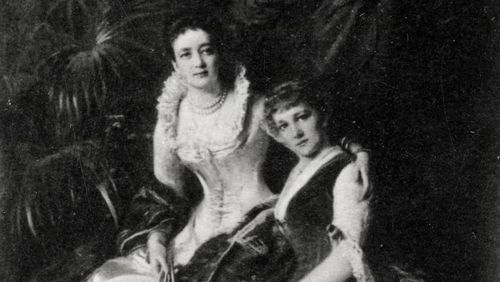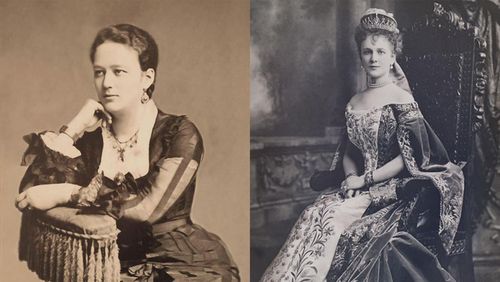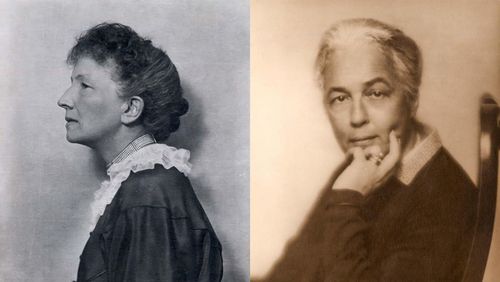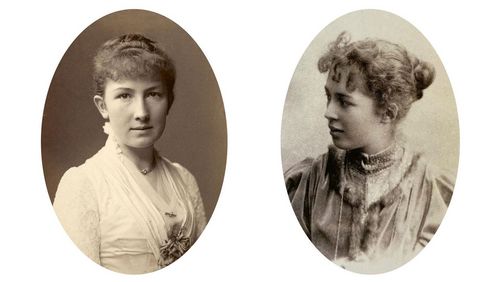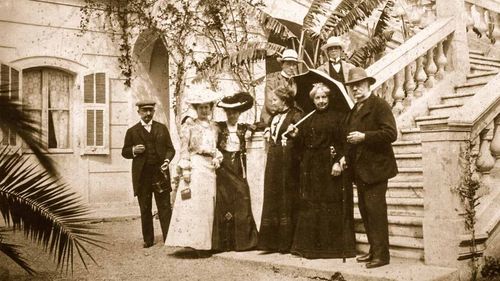Noblewomen without a country
What turns of fortune led Charlotte and Marie, the daughters of Carl Siemens, to establish the Werner Siemens Foundation? A closer look at the founding years of the Siemens company provides answers.
Werner Siemens had 10 siblings. Two of his younger brothers, William and Carl, were instrumental in his telegraph manufacturing company, “Telegraphen Bau-Anstalt von Siemens & Halske”, which he had founded in Berlin together with mechanic Johann Georg Halske in 1847. While William was responsible for the business activities in England, Carl led the Russian branch of the enterprise. In Russia, Siemens & Halske held government contracts to construct a telegraph network of 9000 kilometres in length and to lay the world’s first submarine telegraph cable. In order to supervise construction, Carl travelled in 1853 to St Petersburg, where he proved himself to be a highly competent manager and decision maker. Werner rewarded his brother’s success by reorganising the Russian branch as an independent subsidiary, which Carl then ran with his own capital. This proved a fortuitous decision: the Russian subsidiary went on to contribute substantially to the fortunes of the parent company in Berlin.
Russia in crisis
The Crimean War triggered a first downturn in business; in 1856, the state of Russia’s finances was so desolate that no new contracts were awarded to Siemens & Halske. In the same year, Carl’s daughter Charlotte was born in St Petersburg. Although the maintenance contract for the telegraph lines in Russia assured the family a constant income for 12 years, this was not enough to satisfy Carl and Werner Siemens. They sought new investment opportunities and, in 1864, purchased a copper mine at Kedabeg in the Caucasus.
Copper mine in the Caucasus
With the Russian subsidiary in decline and Carl’s wife, Marie, suffering from poor health, Carl and his family left St Petersburg and relocated to Tiflis (today’s Tbilisi) in Georgia, where he took on the management of the copper mine. After a difficult start, the venture became a viable business.
London and the submarine cable business
When Carl’s beloved wife died in 1869, aged only 34, Carl moved to London. For the next 10 years, he worked alongside his brother William, who had concentrated the firm’s activities on the high-risk submarine cable business. Carl took on the Herculean task of constructing a continuous telegraph line from London to Calcutta (today’s Kolkata), a feat he accomplished within two years. The Indo-European Telegraph Line revolutionised communication between Europe and India; it was also a huge success for Carl and catapulted Siemens & Halske into the top league of international telegraph companies.
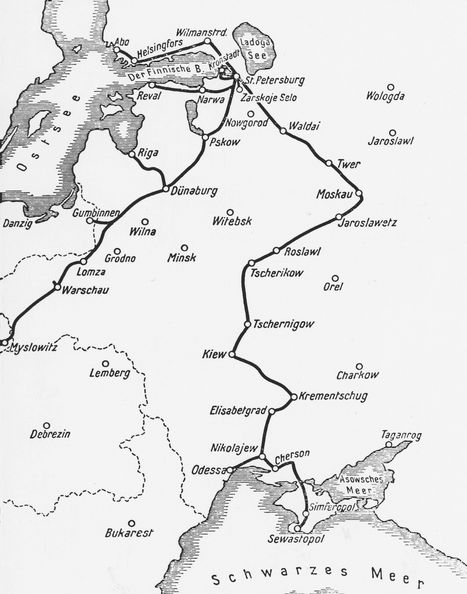
Transatlantic cable
In 1874, Carl took on management of the firm’s flagship project: laying a transatlantic cable. Despite periods of bad weather, acts of sabotage by the competition and misinformation, Carl and William successfully completed the high-risk, capital-intensive project in 1875. This triumph generated follow-up contracts: by the end of the 19th century, Siemens & Halske had laid nine of the sixteen total transatlantic cables and had completed business projects in Asia, Africa, Australia, South America, China and Japan.
Recognition by the tsar
Despite his extraordinary success, Carl grew restless in London, where he stood in the shadow of his older brother William. In 1881, he returned with his two daughters to St Petersburg and rejuvenated the Russian subsidiary with new products and ventures: electric railway construction, city lighting systems, telegraphy equipment and cables as well as railway signalling systems. In recognition of his services to Russia’s economy, Carl was raised to the hereditary nobility in 1895 by Tsar Nicholas II.
Reorganisation as an incorporated company
Throughout his life, Werner insisted that the firm remain a family business. Carl, on the other hand, observed the competition and saw that incorporated companies had greater financial flexibility. Nonetheless, Carl never contested Werner’s decision—he respected him as his older brother and as the founder of the firm—and waited until after Werner’s death to list the company on the stock exchange. In 1897, Siemens & Halske was re-formed as a limited company with a market capitalisation of 35 million Reichsmark. Initially, all shares remained in the family’s ownership.
Carl’s idea of a family foundation
Carl’s sense of family loyalty was also borne out by his idea of establishing a fund to support the younger generations of the Siemens family—and it was this seed of an idea that eventually led to the Werner Siemens Foundation. Carl’s intentions are first recorded in a letter from 1900. Devastated by the recent death of his son, also named Werner, at the age of 44, he wrote to a nephew: “I have told my daughters of my plan to establish a fund for the benefit of my descendants and those of my siblings, and they are highly enthusiastic about the idea.”
Charlotte von Buxhoeveden
Those daughters were Charlotte and Marie. Both had spent their childhoods in Russia, from where the family embarked on numerous travels. On one such journey, Charlotte met her husband, Alexander (Axel) Peter Eduard Baron von Buxhoeveden, a highly respected nobleman from the Baltic region who stood in the service of the tsar; they married in 1884 in St Petersburg. A few years later, Carl Siemens purchased Gostilitzy, a traditional estate situated 40 kilometres south of St Petersburg, which became the Siemens family’s Russian country manor.
First World War
Carl Siemens died in 1906. He was not to witness the collapse of the Russian Empire, the Communist ascension to power, or the Red Army’s persecution of the former ruling class. His daughters, by contrast, were to feel the full force of the new regime. In 1919, Charlotte’s husband, Alexander, was murdered by the Bolsheviks in Estonia; she herself was rendered stateless, leaving her little choice but to abandon her property and flee Russia with her children.
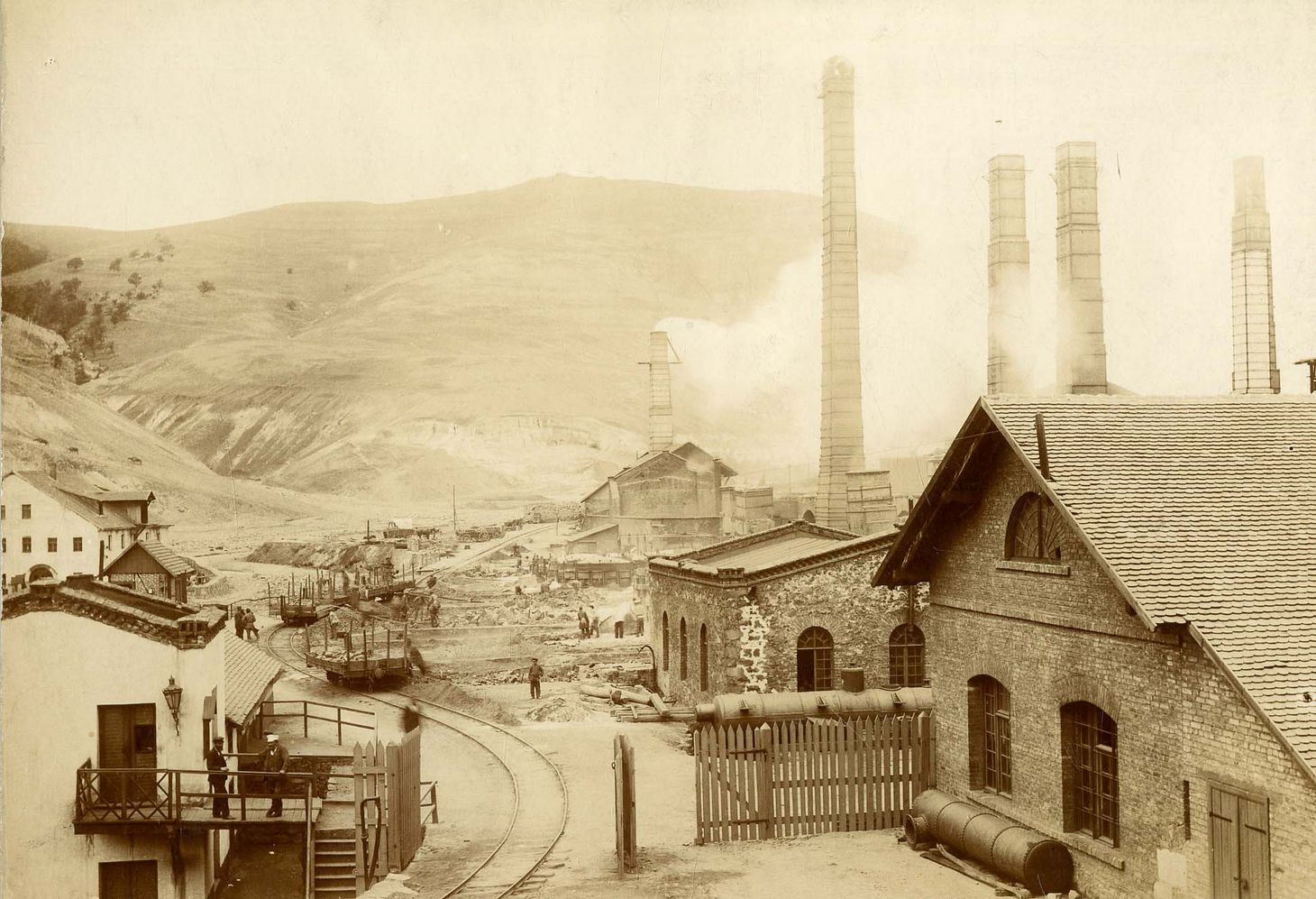
Loss of the copper mine
Charlotte and Marie had jointly inherited the struggling copper mine, which they tried unsuccessfully for many years to revive. With transit routes now blocked by the new Soviet-Turkish border drawn in 1918, this undertaking, too, had to be abandoned. An expansion of the transport routes to enable the copper mine to operate in Turkey was not feasible; the years of negotiations had come to nothing. Charlotte and Marie were faced with the sobering reality that their efforts were futile: their inheritance and investments were not to be recouped.
Stateless nobles
After fleeing Russia, Charlotte lived with her five children in Germany and Italy; in 1922, she entered Switzerland at Kreuzlingen with her son Carl Otto. When the federal authorities rejected the family’s application for residency, the baroness tried again, this time in Liechtenstein. In 1924, her efforts were finally rewarded: the Prince of Liechtenstein granted her citizenship, albeit not for entirely altruistic reasons: Liechtenstein’s economy was also suffering the effects of the First World War, and the Principality was shoring up its finances by allowing the purchase of citizenship. Charlotte was, however, not to enjoy her new home long; she died just two years later, aged 66.
Marie von Graevenitz
The second founder of the Werner Siemens Foundation was Charlotte’s younger sister, Marie. At the age of 24, Marie married Baron Georg Ludwig von Graevenitz, a descendant of an ancient noble family from Altmark that had been settled in Russia for over 150 years. Georg Ludwig von Graevenitz was active in diplomatic service, holding the elaborately entitled role of “imperial Russian real state councillor and resident minister in the office of stable master of the imperial court”. After their wedding, Marie lived with her husband for several years at the tsar’s court in St Petersburg where she bore five of her six children and was a lady of the court. At the age of 29, she inherited the Gostilitzy estate from her father. She then resided with her family in the stately home—until the Russian Revolution.
Destruction of Gostilitzy
After the October Revolution, the von Graevenitz family, too, were obliged to abandon their property and flee Russia. Intense battles broke out on their estate; the troops of the Imperial Russian Army twice took up quarters in Gostilitzy and caused considerable damage to the property. After the Communist victory, the estate was expropriated and declared a state-owned farm.
Foundation established in 1923
It was perhaps the considerable hardships Marie and Charlotte endured at this time that reminded them of their father’s idea to establish a trust for the benefit of the Siemens’ descendants. In 1923, 23 years after Carl first shared his idea, they established the Werner Foundation. The foundation’s purpose for many years was to financially support relatives of the large Siemens family who had fallen on hard times. Ultimately, the Werner Foundation developed into the Werner Siemens Foundation, which today supports innovative projects and young scholars in the fields of technology and the natural sciences.
Text: Brigitt Blöchlinger
Photos and source materials: Siemens Historical Institute
